All valves are inspected and tested by the manufacturer to ensure that they conform to the required valve leakage standards. In addition, optional testing can be requested by the purchaser, and regular testing is critical for ongoing valve maintenance and safety.
In many cases it is recommended that valves are tested at an interval of no longer than 12 months. However, the specific interval may vary based on the valve condition, the service condition, and the desired level of performance.
Valve leakage is tested using either a hydrostatic test (i.e., the test medium is a liquid, such as water or kerosene) or a pneumatic test (the test medium is a gas, such as air or nitrogen). Zero leakage is rarely if ever possible, so the standards define the maximum allowable leakage (MAL) for valves under the specified testing conditions.
For both hydrostatic and pneumatic tests, the MAL is usually defined by valve size—a small amount of leakage through a valve with a small effective orifice poses much more risk than would the same amount of leakage through a valve with a large effective orifice. MAL may also be a function of the valve class and pressure category.
Valve leakage test results can vary based on the technique of the tester, so it’s essential to have your valves tested by trained, highly qualified technicians.
Typical Valve Testing Procedure
A typical hydrostatic valve test follows these basic steps:
- The valve body is filled with the testing fluid at the specified temperature.
- The specified pressure is applied for the specified length of time (usually at least 1 minute).
- Leakage is measured across the valve element of interest (e.g., stem, seat, closure mechanism) using both measuring instruments and visual examination. Most valve standards specify that no visually detectable leakage is allowed.
- A visual inspection is performed to ensure the valve has not been damaged during the testing procedure.
Types of Valve Leakage Tests
The tests that must be conducted depend on the type of valve and, therefore, the valve elements.
Below are some of the most commonly performed tests of valve leakage.
-
- Valve seat leakage tests are required for pressure relief valves.
- Backseat tests are required for valves with a backseat element, including gate and globe valves.
- Closure tests are required to test the closure mechanism of several types of valves, including gate, globe, plug, check, and ball valves.
- Shell leakage tests are required for valves that are used in “full open” and “full closed” service, such as check, stop, and isolation valves.
Valve Inspection and Testing Standard – API 598
Source : alliedvalveinc.com
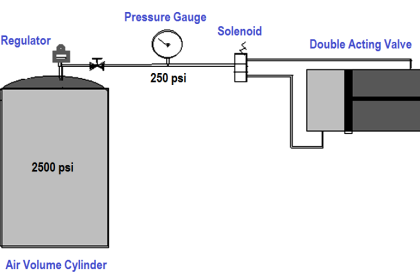
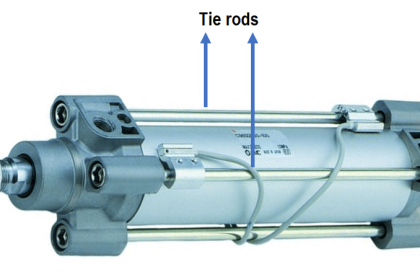
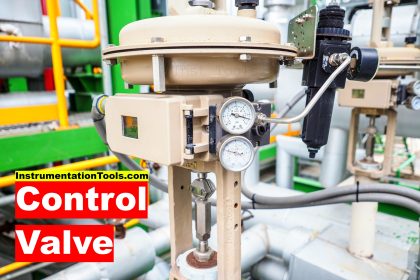
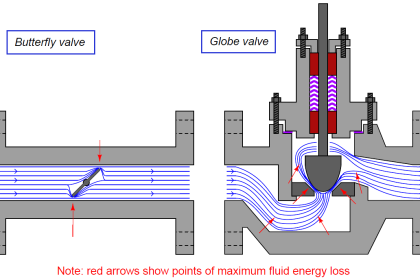
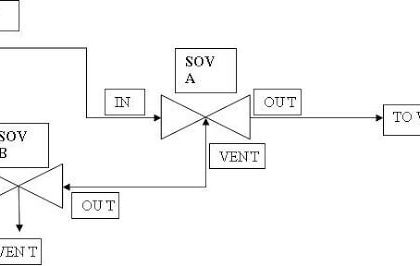
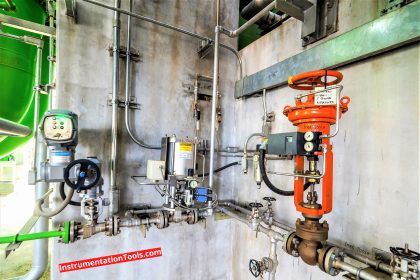
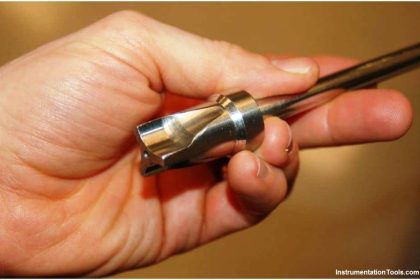
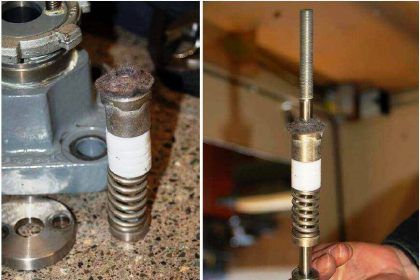


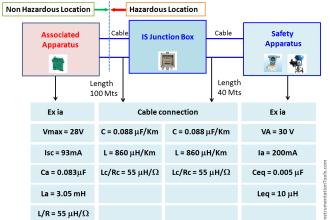
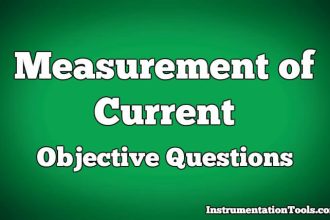
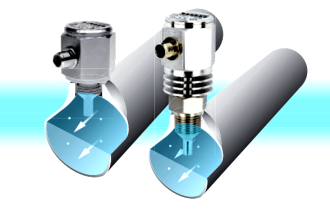
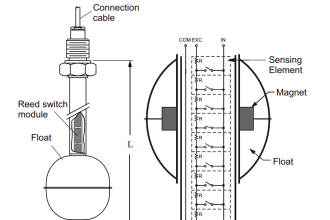
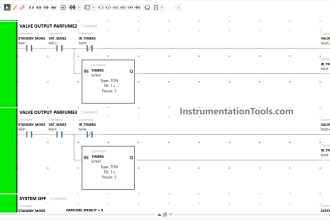
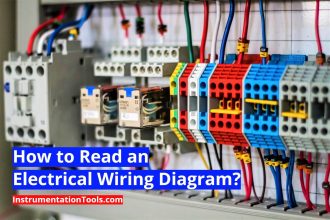

THANK YOU VERY MUCH HELPFUL